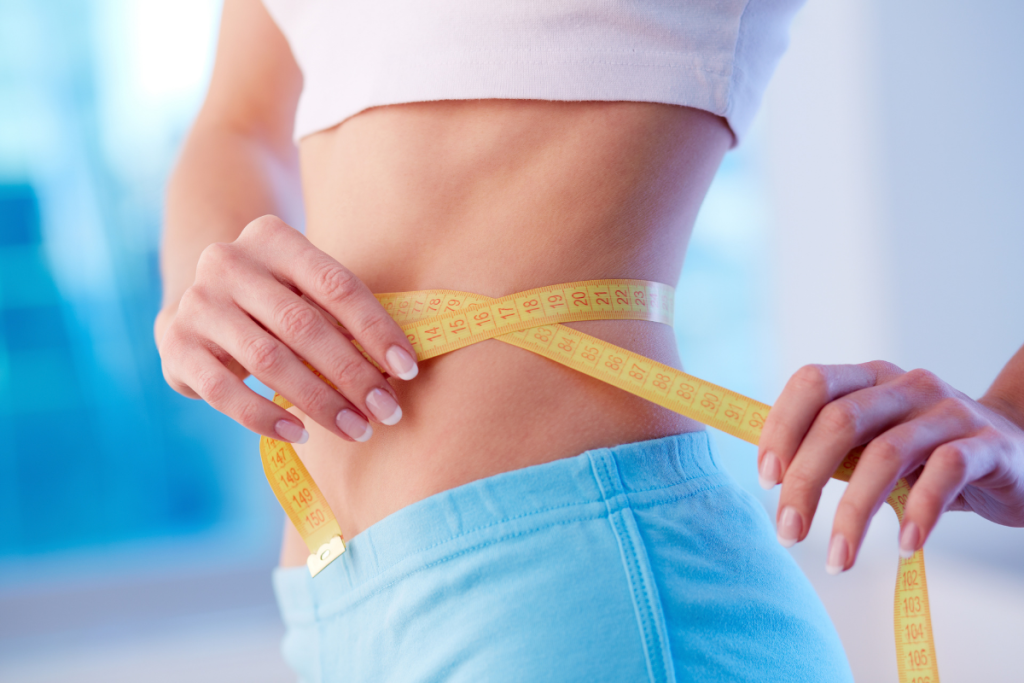
A trim midsection can make you feel and look better, but it also helps you live longer. A larger waistline is linked to an increased risk of cancer, heart disease and diabetes. Weight loss, particularly belly fat, improves blood vesselsfunction and improves sleep.
When you diet, it’s not possible to target belly fat. Losing weight will shrink your waistline, but it will also help you reduce dangerous visceral fat. Visceral fat is a type within the abdominal cavity which you cannot see, but increases health risks. Director of Clinical and Research Physiology, Johns Hopkins.
Here’s a way to focus on the most important areas.
- Instead of reducing fats, try reducing carbs.Researchers at Johns Hopkins compared the effects of losing weight on the heart between a diet low in carbohydrates and a diet low in fat for six months. Both diets contained the same number of calories. Those on the low carb diet lost 10 pounds on average more than those who were on the low fat diet. Stewart says that the low-carbohydrate diet has an additional benefit: it produces a better quality of weight loss. Weight loss reduces fat, but it can also lead to a loss in lean tissue, which is undesirable. Both diets resulted in a loss of 2 to 3 pounds, along with the weight of fat. This means that the percentage of fat loss was higher on the low carb diet.
- Diet is not the answer.Stewart advises that you should choose a diet plan that you can follow. Low-carb eating is beneficial because it teaches you how to make better food choices. No calorie counting is required. A low-carb diet shifts the focus away from foods that are high in sugar, carbs, and lack of fiber (like bread, bagels, and sodas) and toward those with high levels of protein and fiber.
- Keep moving.Physical activity can help burn abdominal fat. Stewart says that exercise has a big impact on your body composition. He says that exercise seems to reduce belly fat because it lowers the circulating insulin, which would otherwise cause the body to hold on to fat. It also causes the liver use up fatty acid, particularly those near visceral deposits.Your goals will determine the amount of exercise required to lose weight. Most people can achieve this by exercising 30-60 minutes a day, in varying intensities.
- Lift weights.Even moderate strength training combined with aerobic exercise can help build lean muscle mass. This will cause you to burn calories more throughout the day, at rest as well as during exercise.
- Become a label reader.Compare and contrast the brands. Stewart says that some yogurts boast about being low-fat, but are higher in carbohydrates and sugars. Gravy, mayonnaise and sauces, as well as salad dressings, are often high in fat and calories.
- Avoid processed food.It is difficult to lose weight when packaged foods and snacks contain trans fats, sugars and salts or sodium.
- Do not read a scale, but rather focus on how your clothes fit.The reading on the bathroom scale might not change much as you gain muscle mass and shed fat, but your pants may be looser. This is a more accurate way to measure progress. If you are a woman, you should have a waistline that is less than 35″ around. For men, it should be less 40″. This will reduce your risk of heart disease and diabetes.
- Spend time with friends who are health-conscious.Researchers have found that you are more likely to exercise and eat healthier if your family and friends do the same.
Definitions
Insulin: A hormone produced by cells in the pancreas. Insulin is a hormone that helps store glucose (sugar), which comes from food. You may be prescribed medications if you have diabetes, and your pancreas cannot produce enough insulin. These medicines can help your liver to produce more or increase the sensitivity of your muscles to insulin. You may need insulin shots if these medications aren’t enough.
Blood vessels: A system of flexible tubes, including arteries, capillaries, and veins that carry blood throughout the body. The arteries deliver oxygen and nutrients to the capillaries, which then feed them to the cells. They also pick up waste materials, such as carbon dioxide. Capillaries then pass waste material to veins which carry the blood to the heart and lung where you breathe out carbon dioxide.
Arteries: The vessels of the blood that transport oxygen-rich blood from your heart to all parts of your body. Arteries resemble thin tubes or hoses. The walls consist of an outer tough layer, a muscle layer in the middle and a smoother inner wall which helps blood flow. The muscle layer contracts and expands to move blood.